How Halloween is Celebrated in North America, England and Scotland
My second favourite holiday of the year, hands down, is Halloween. Second only to Christmas, of course.
I’m going to use my own personal experiences to describe how I celebrated Halloween growing up near Toronto, Canada. These may vary for each person, or regions, I’m sure they probably do something completely different in Quebec so don’t take this as law. As Canadian and American Halloween tend to be very similar, I’ve titled this section:
Celebrating Halloween in North America
Costumes & Parties
The most important aspect of Halloween (unless you ask a Child, they’ll probably say the candy), is the Costumes. Everybody Dresses Up. If you’re a kid going Trick-or-Treating you’ll choose your costume from a range of options, anything from Animals, Robots, Super Heroes, Movie Characters, or ‘Spooky’ things (ghost, bat, etc). It’s not uncommon to spend the entire day in costume, as many schools encourage dressing up (but usually no Masks), and some schools even have Halloween parades or events. It seems that most little girls prefer to dress as their favourite Disney Princess, but this isn’t always the case:
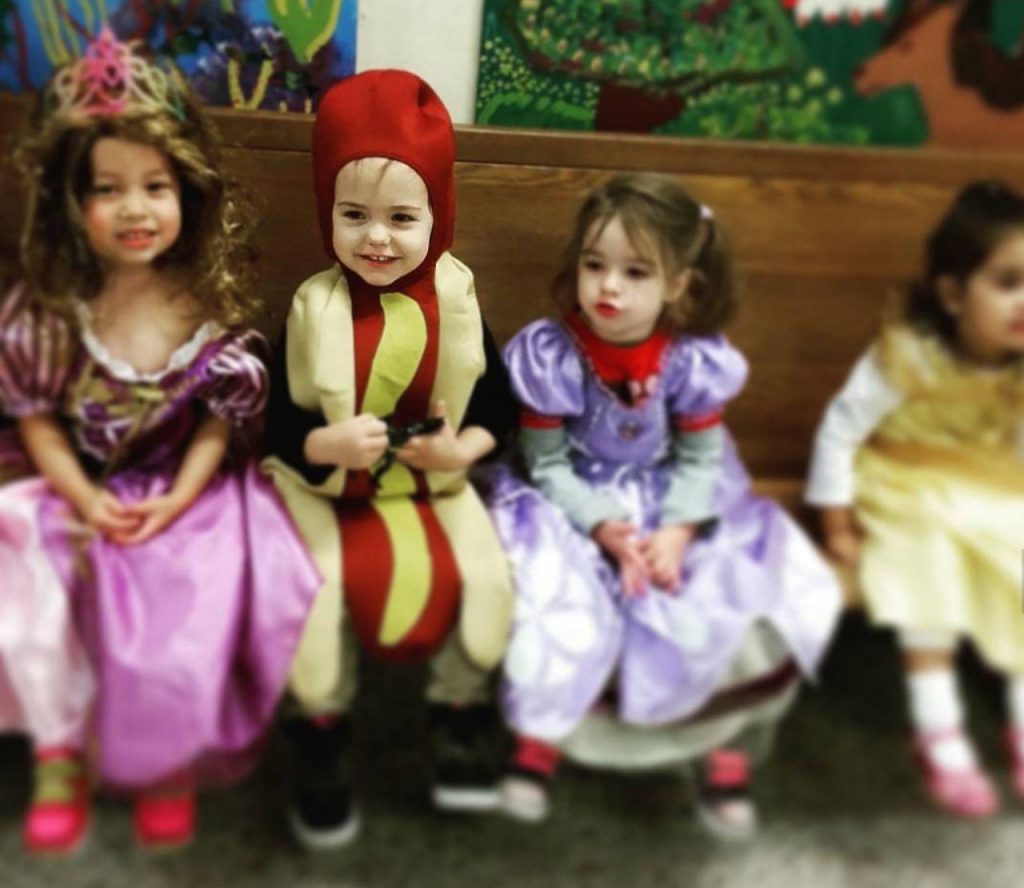
Lydia’s first Halloween, 2015 (2nd from Left, Hot Dog)
Growing up in the 80s, all of my Costumes were handmade by my mother.
Left: approx 1987 – Rainbow Brite, Right: 1989 Generic Fairy Princess (or possibly tooth fairy?)
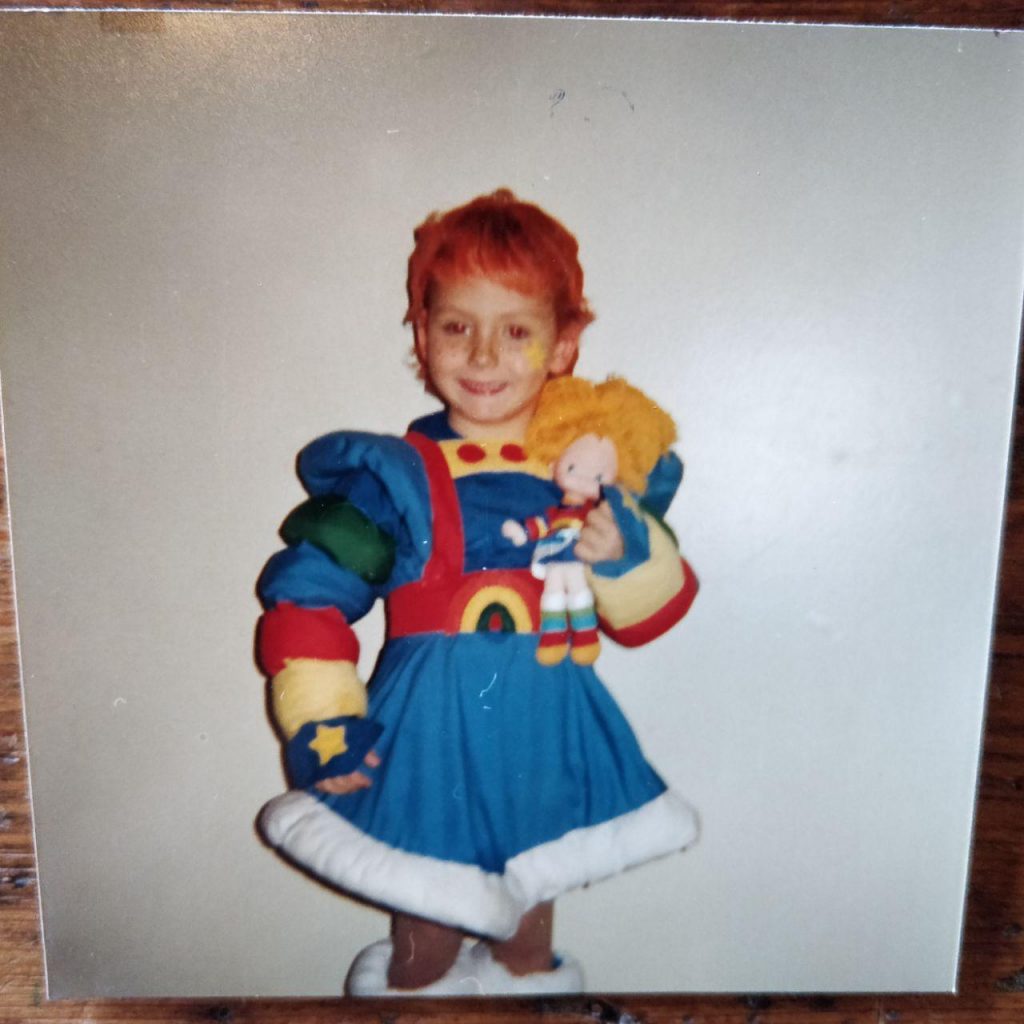
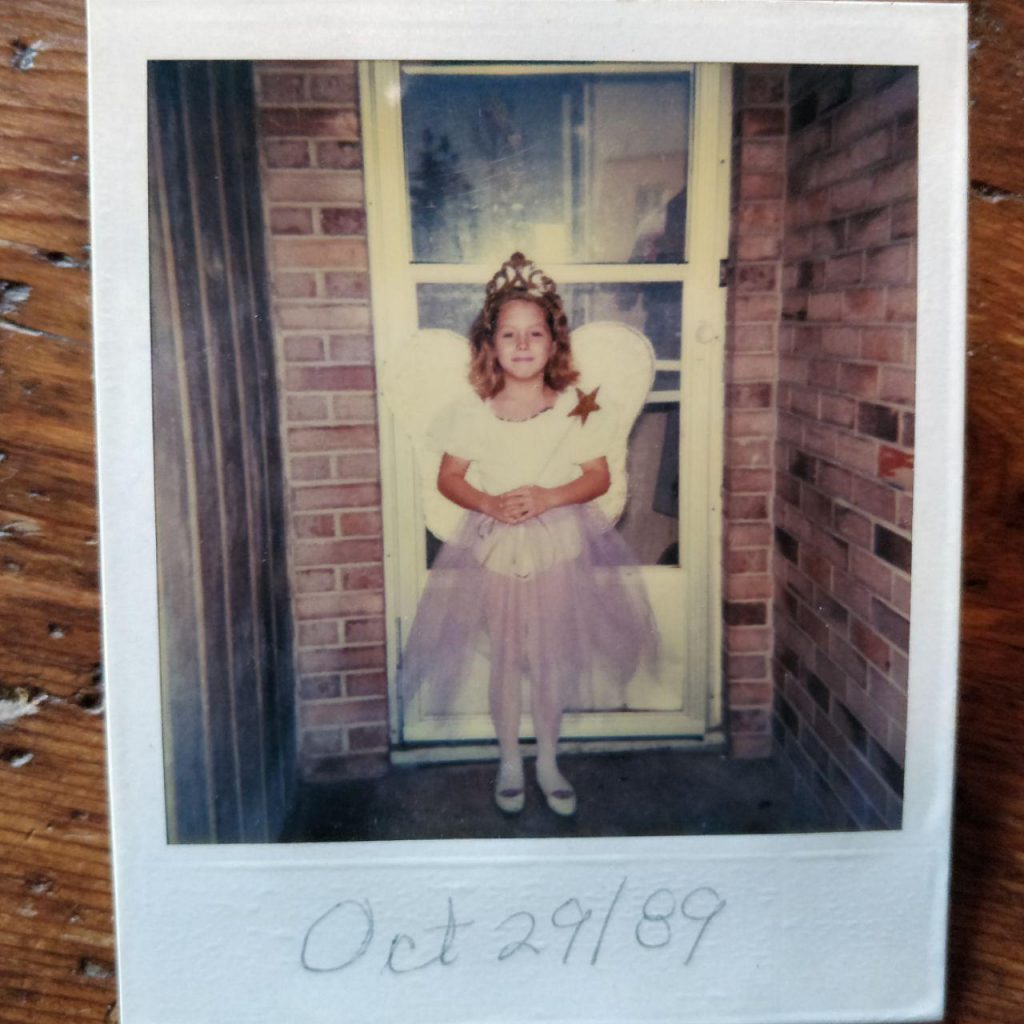
Nowadays its much more common to buy a costume, either online, or at almost any big-box store. There are also huge Halloween Costume pop-up shops in the USA & Canada that run in September/October.
If you’re a a teenager going to a house party, or an adult going to a club, bar, or street party, Mean Girls is a pretty accurate representation of the Grown-Up Costume scene, with guys usually dressed as some Super Hero, Sports or Movie Character, and girls dressed up as ‘sexy’ version of well, almost anything. If October 31st itself falls on a weekend, this won’t stop schools, they’ll usually just have their Halloween events on the Friday before. If, however it falls on a weekday, adult Halloween parties (clubs, bars, etc) will usually host the weekend before. Unless it’s a Friday, in which case all bets are off, and you might even end up in costume on November 1st.
Parents that take children out Trick-or-Treating may also dress up but this is not compulsory, in fact, you’ll probably see more people who are at home handing out candy in costume.
Something else that’s very common in North America (that I literally haven’t seen once since moving to the UK) is dressing up pets. I’ve honestly even been to a Halloween Costume Contest for pets. This is super common, and in fact, a booming industry.
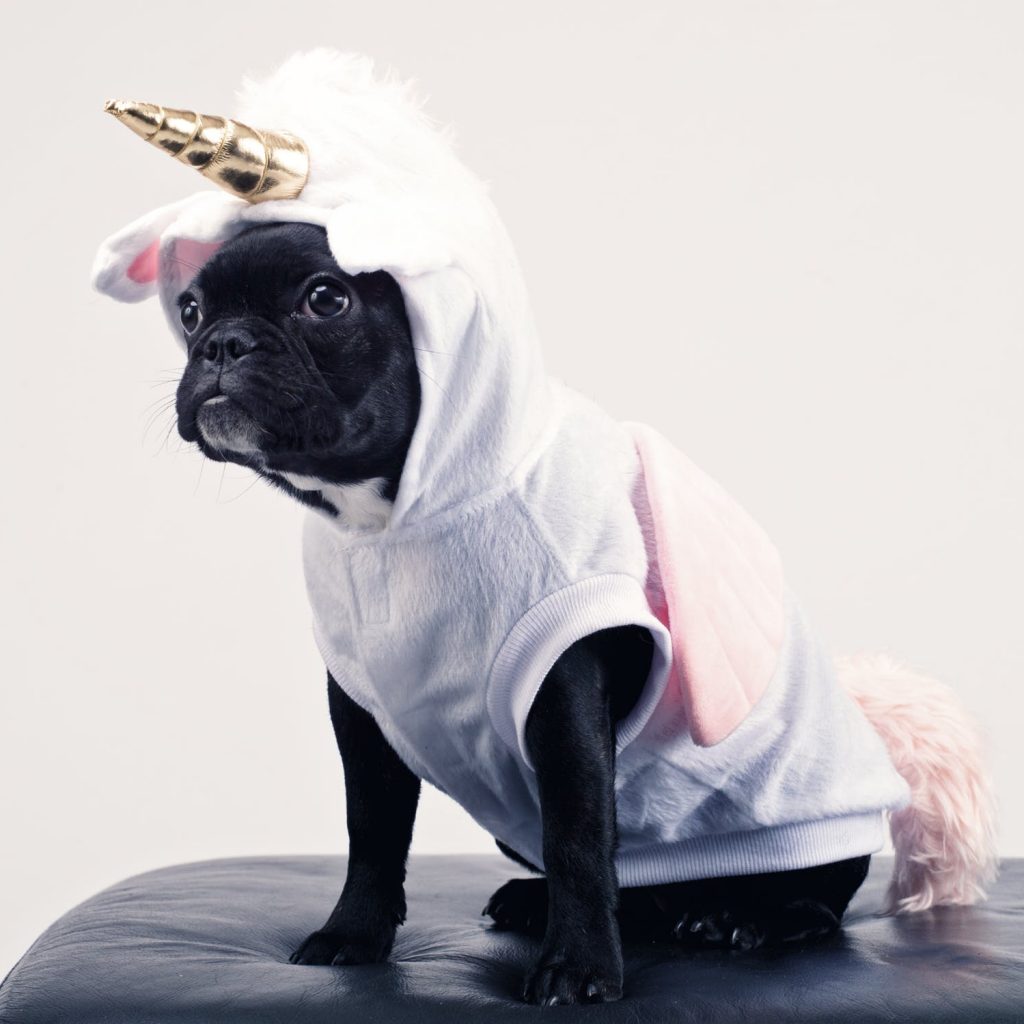
Trick-or-Treating
In suburban (and even Urban/City neighbourhoods), Trick-or-Treating is the main event for kids at Halloween. If you’re in a residential neighbourhood you can almost guarantee that at least 50% of houses will be decorated for Halloween (with window decorations, lights or maybe even music), and will be handing out candy. Some houses simply have a Jack-o-Lantern or two. Some streets go all-out with a decorating competition, and some houses are absolutely Halloween Crazy!
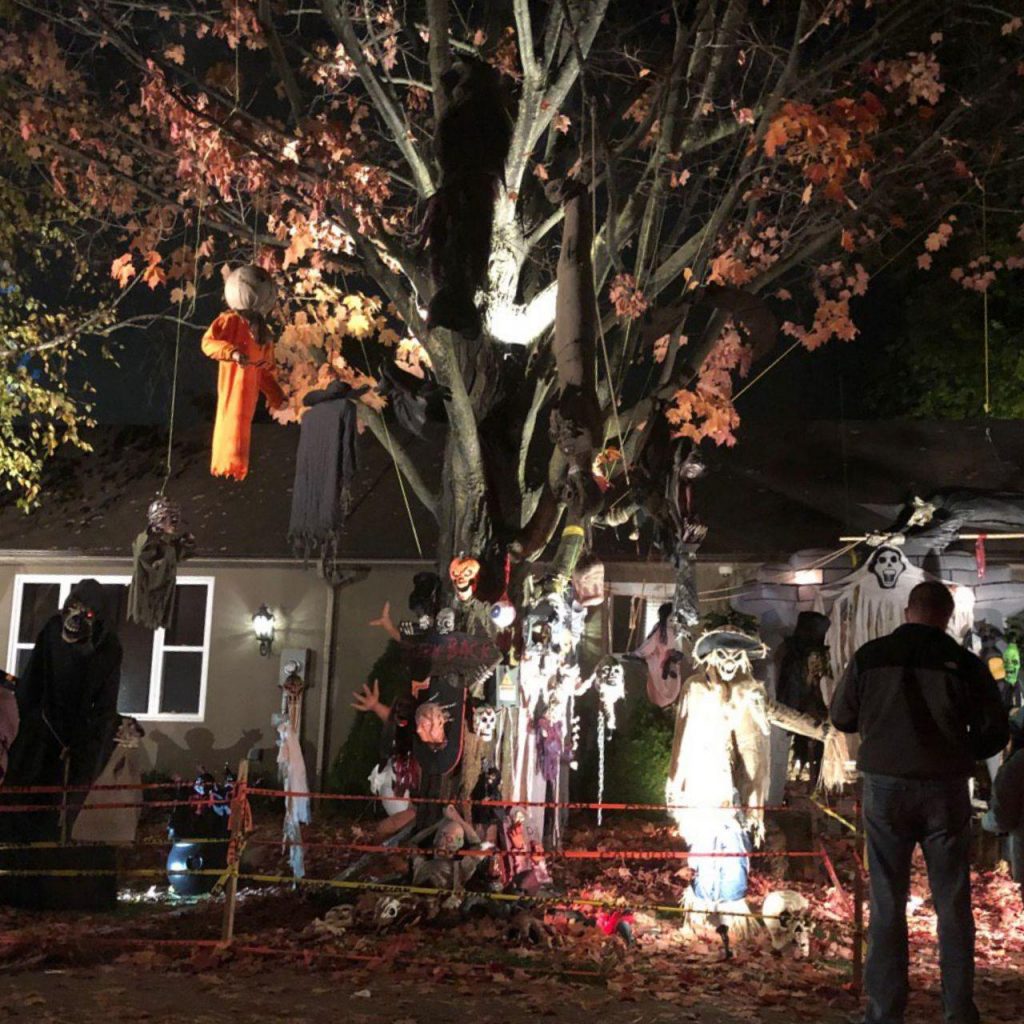
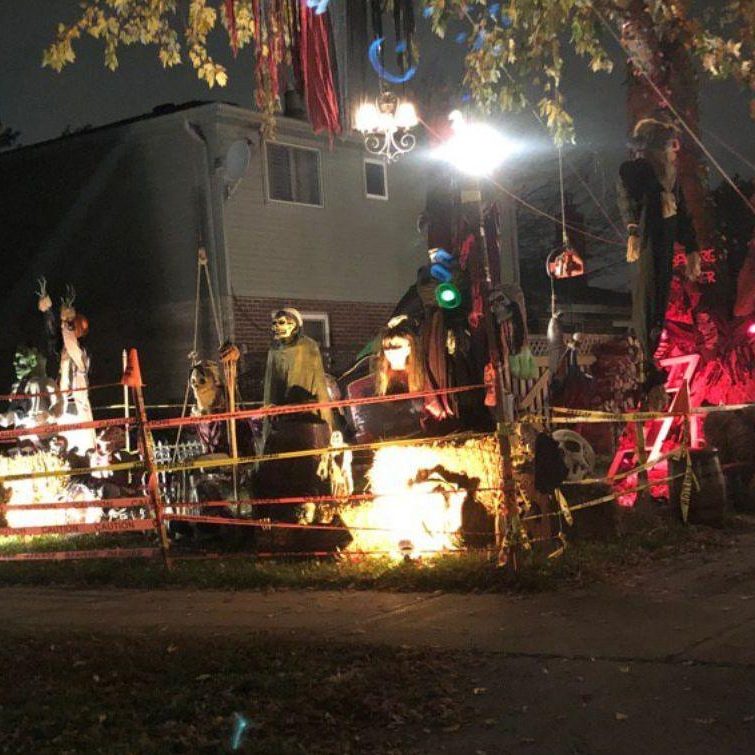
Traditionally, one would go around your own neighbourhood, just a few blocks, for maybe an hour. Nowadays, it seems like some areas are declining majorly in the number of trick-or-treaters, while others are booming. Here’s an interesting article explaining this trend that’s been changing in the past decade or so.
Halloween in England
Just a bit of a disclosure here, my experience with English Halloween is very limited to my neighbourhood of Islington in Central London. This is a community of lots of different cultures, including a lot of North American families and other international groups. I’m lucky to be in a community that recognises Halloween at all, as I understand that outside of major cities, where you get a larger influence from expats, there’s not much of a Halloween tradition at all.
A question you’ll never be asked in Canada/America is ‘Do you celebrate Halloween?’
I’ve been asked this several times (as my accent tips off that I may, in fact, not be British), and my response is always something similar to ‘Duh!’. While the vast majority of adults I’ve spoken to in the UK respond with the same sort of thing each time: ‘I never did growing up, but we do it with the kids now.’
As it turns out – Halloween is actually European in Origin and even closer to the UK, as Gaelic traditions are the main inspiration behind Trick-or-Treating at all (more in this in a minute).
Yet – until the last decade or so, it’s not really been a popular tradition with the English. Why? Well, partially because just a few days later they have their own celebratory night: Bonfire Night. Local family-oriented events, with food, drink and fireworks are part of the festivities on November the 5th celebrating the failure of the Gunpowder Plot by Guy Fawkes. This was and remains a traditional English event, which is way more popular and celebrated than Halloween.
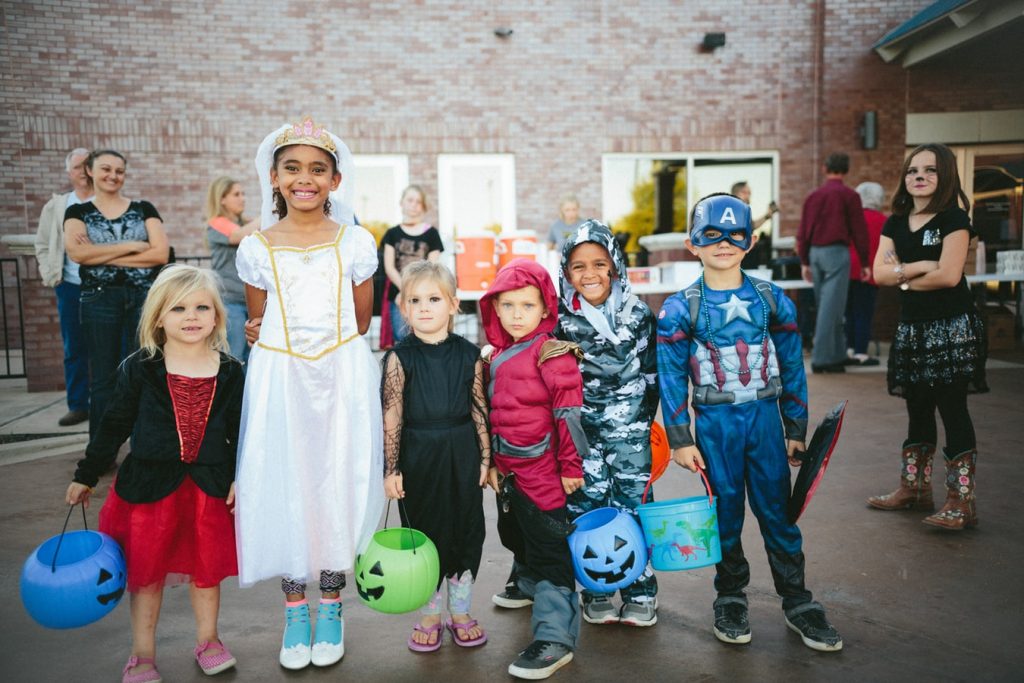
Growing Popularity of Trick-or-Treating
Nowadays though, and especially in communities with many North American members, trick-or-treating is becoming more popular. In my area of London, there are pockets of streets, and neighbourhoods, where up to 1/3rd of the homes hand out candy. Sometimes it can be tricky to tell which doors to knock on, as the universal ‘lights out, no one home’ doesn’t seem to apply. People will have all their lights on, including porch light, maybe even have a decoration or two in their window, and still not answer the door when trick-or-treaters come to call.
It seems that the signal may actually simply be Jack-o-Lanterns. A lit pumpkin on the porch, or in the window, means to give a knock (and hope for the best).
Fancy Dress
I’m not entirely sure if Halloween falls under the term ‘Fancy Dress’, but any other party or event that calls for a costumes are commonly called this (or perhaps it’s just used for grown-ups costumes?). In any case, when it comes to Halloween – English kids are pretty keen to go with something way more ‘Halloweeny’ than their American counterparts, as more often than not you’ll get bats, witches, ghosts, vampires, etc. Although superheros and princesses are definitely growing in popularity. Since kids tend to stick to more traditional ‘Spooky’ themed costumes, the issue of ‘cultural appropriation’ at Halloween is much less of a concern in England than in North America, I’ve found.
It’s not a given that their school will do anything special for Halloween or even if they’re allowed to wear a costume (in fact, some even prohibit it).
Parties & Celebrations
Going to be fully honest here, as I’m way beyond my club/bar days I do not know what the ‘party scene’ is like in England for grown-ups and college kids. My incling is that whatever parties/raves/concerts are going on anyway that weekend may have a Halloween theme. Giving a quick Google for Halloween Parties in London, there seems to be a few offerings, but none seem as intense or large scale as something we’d see in Toronto.
The Next Section is provided graciously by Jenny from The Bear and the Fox:
Celebrating Hallowe’en the Scottish Way
We love Hallowe’en in our house! Every year we try to extend it a little bit more, and this year our Hallowe’en decorations went up on 1st October. I’ve heard people say that they don’t celebrate Hallowe’en as it’s “just another import from America”, but what many people don’t know is that Hallowe’en isn’t actually an American invention but originates from Ireland and Scotland.
Many modern Hallowe’en customs – like candle lit lanterns and dressing up as supernatural beings – stem from the Celtic celebration of the New Year. This falls on 1st November, Hallowe’en essentially being the Celtic New Year’s Eve. The Celtic year is divided into two halves: a light half and a dark half. The Celtic New Year also marks the beginning of the dark half of the year and of a new cycle (Beltane, on 1st May, marks the beginning of the light half). Samhain, as it is called in Scottish Gaelic, literally means summer’s end.
Night time was always a time when the veil between the world of the humans and the world of the spirits was considered to be thinner, with Samhain one of the nights in the year when the veil was at its thinnest. People believed both humans and spirits were able to pass over the threshold on that night. Far from the Satanic Hallowe’en narrative we have come to know from Hollywood movies, the opposite was in fact the case at Samhain: rituals were performed to celebrate and thank the gods for a fruitful harvest, to commemorate the dead, and to seek protection from evil spirits for livestock, homes and families throughout the harsh winter months.
In Edinburgh, where we live, people don’t tend to go as crazy over their decorations as they do in the US, but as we get closer to the big night itself, people start to put pumpkins in their windows or outside their front doors, to welcome children in search of treats. And even though some of the American customs have started to creep in here too – such as the love of pumpkins – we still like to celebrate Hallowe’en a little bit differently in Scotland.
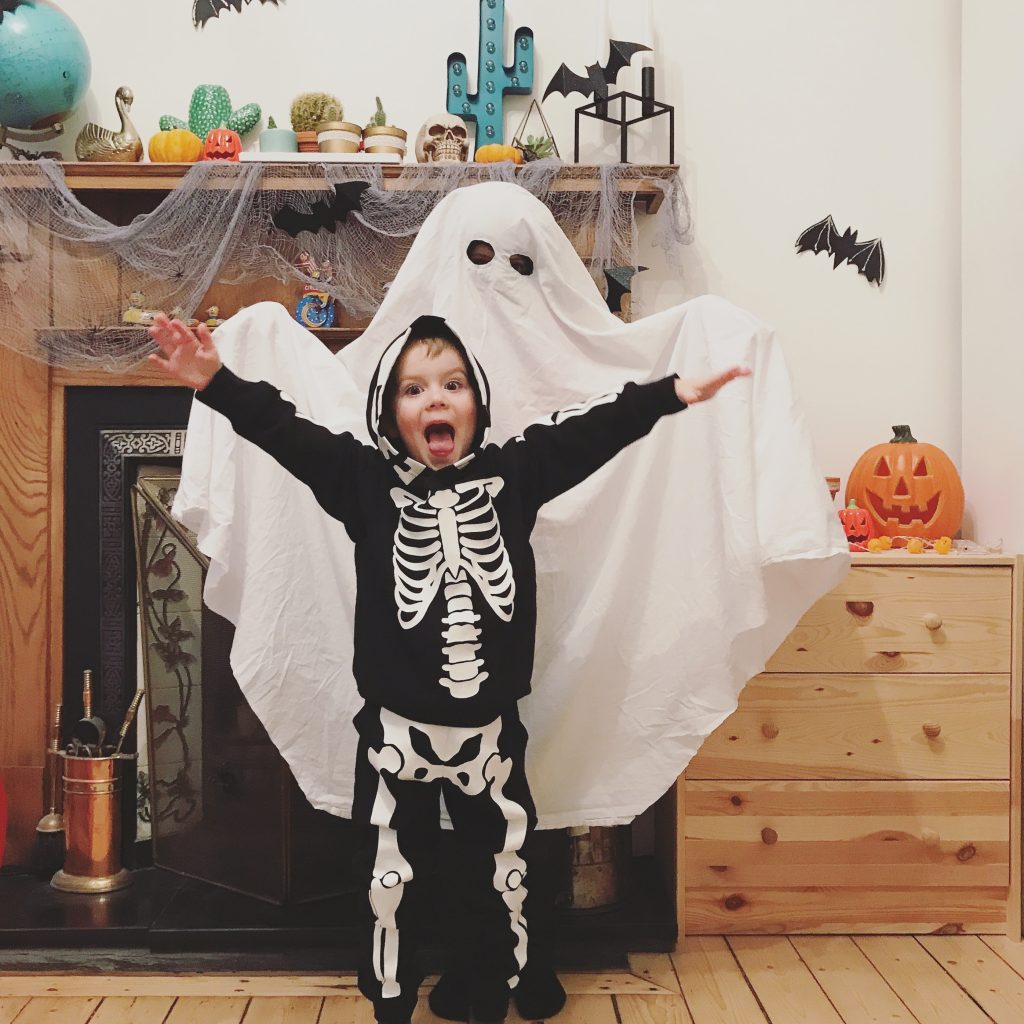
Guising
In Scotland, you need to work hard for your goodies. When I was a kid growing up in Edinburgh a good thirty-odd years ago, we didn’t go trick-or-treating, we went ‘guising’. You couldn’t just shout ‘trick or treat’ and expect to have sweeties just handed over. We had to perform e.g. a song, poem or joke in return for our sweeties. And even though kids these days are increasingly calling it ‘Trick or Treat’, the tradition of guising still prevails, even if it’s under a new name. If you knock on someone’s door on Hallowe’en night, they will most likely look at you expectedly, waiting for you to perform your piece. So my boys always have something prepared, and spend weeks in advance perfecting it. Two years ago, my eldest performed a magic trick and last year he rehearsed three verses of a spooky song – most kids go for the easy option of telling jokes, so his song recital got him some extra sweeties as people were so impressed. I have to admit, I really like the tradition of guising because it feels much less like begging because the kids are giving something back, and people enjoy performers coming round to their house.
The tradition of dressing up and disguising yourself in ghoulish costumes also harks back to ancient customs and the belief that spirits crossed over the threshold in to the human world. The costumes weren’t to scare people, but so that you could venture out safely among the evil spirits thought to be roaming that night, without being detected. Although these days you’ll find the occasional princess, pirate or superhero out guising at Hallowe’en, in Scotland it’s still the spooky supernatural costumes that are the most popular.
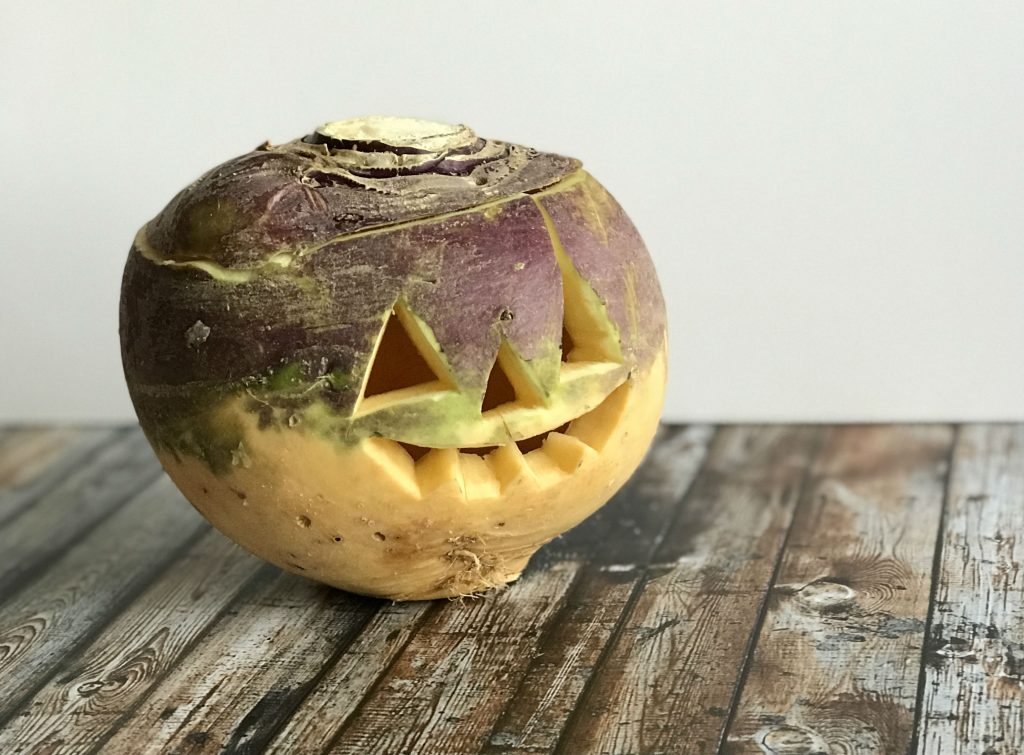
Turnip Lanterns
It’s hard to imagine Hallowe’en without pumpkins these days, but they are a fairly recent introduction to Scottish celebrations. Traditionally, it was turnips that were carved in to ghoulish lanterns, which were then placed near doorways to ward off evil spirits. The custom is said to originate from an Irish folktale about a man named Jack, whose attempt to trick the Devil failed miserably and he was cursed to roam the earth with no more than a piece of burning coal inside a hollowed out turnip. Which is where the name ‘jack-o’-lantern’ comes from. However, immigrants who took this custom to America with them, soon discovered that pumpkins were MUCH easier to hollow out and carve. As someone who has sustained plenty of turnip carving related injuries in my days, I have to admit I welcome the introduction of pumpkins to Scottish Hallowe’en – though I have still introduced my boys to the traditional turnip carving.
Hallowe’en Games
Whilst these games are not unique to Scotland, I do remember them being a staple of any Hallowe’en party I went to as a child in Edinburgh. Firstly, there was ‘Dookin’ for Apples’, where you had to try and grab an apple floating in a tub of water with your teeth, without the use of your hands. Another party game that again prohibited the use of your hands, was trying to eat a treacle scone hanging from a rope. As you can imagine, this was quite a messy game. Especially when paired with the game where you had to try and pick up a coin balanced on top of a mound of flour, with your teeth. Also, without the use of your hands. You may be able to see a theme emerging here…While I’m not so keen on creating a mess out of treacle and flour in our small apartment, I have introduced my boys to apple dookin’, and they look forward to it every year.
What about you? How do you celebrate Hallowe’en, if at all? Do you think you would fancy a Scottish Hallowe’en?
About the Guest Author
Jenni lives in Edinburgh with her husband and two young sons. She blogs at The Bear & The Fox (https://www.thebearandthefox.com/).
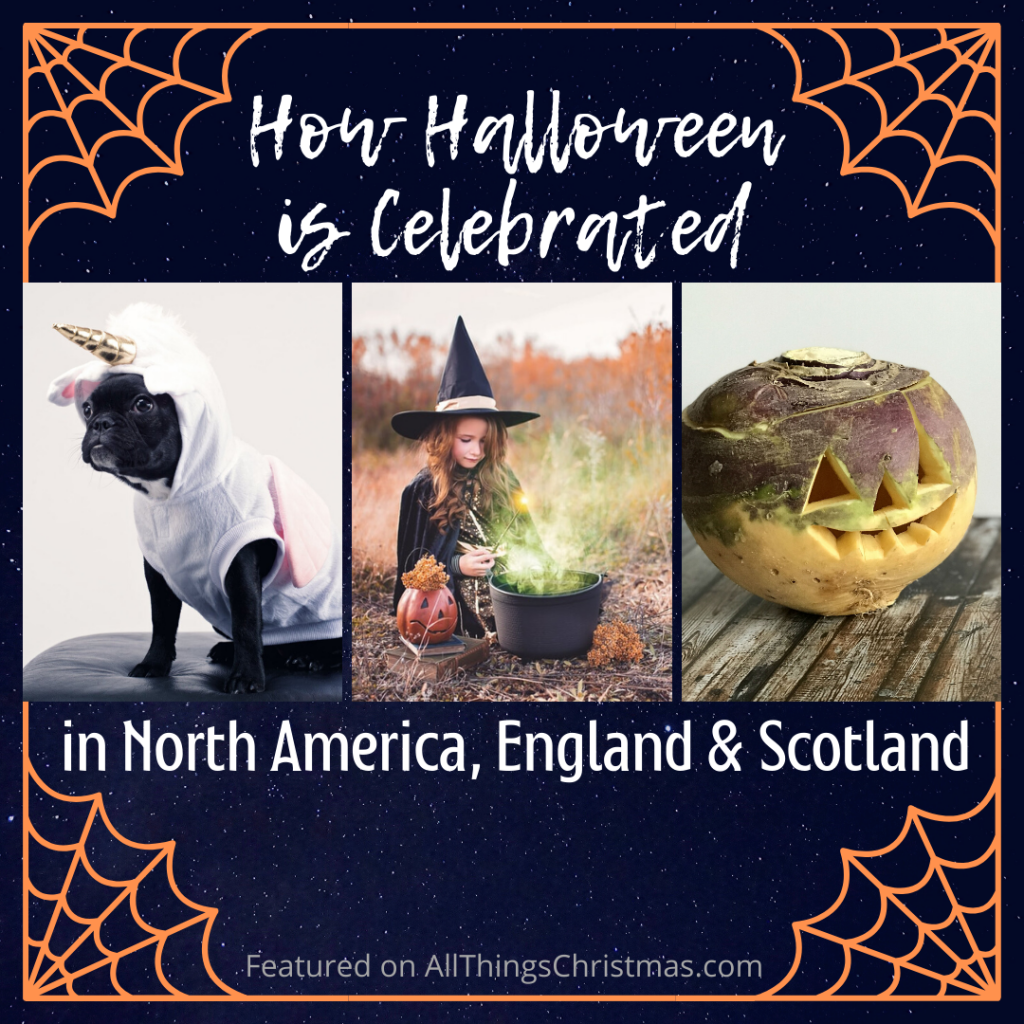

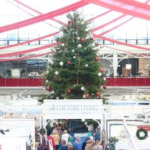
Leave a Reply